Like every other welding process, flux cored welding comes with some challenges, but with some know-how and a bit of practice, you can prevent some of the common problems and gain the weld quality you need.
To help we’ve put together some tips associated with common undercutting, lack of fusion, slag inclusions and penetration problems.
Undercutting
The problem
Undercutting causes a weaker area at the toe of the weld and often leads to cracking.
The solution
- Use the proper welding current and voltage and adjust to the right gun angle.
- Maintain a travel speed that allows the weld metal to fill the melted-out areas of the base metal completely, or if you are using a weaving technique, pause at each side of the weld bead.
Lack of fusion
The problem
Failure of the weld metal to fuse completely with the base metal.
Solution
- Obtain the correct angle – place the stringer bead in its proper location at the joint, adjust the work angle or widen the groove to access the bottom during welding as needed.
- Keep the arc on the trailing edge of the welding puddle and maintain a gun angle drag of 15 to 45 degrees. If using a weaving technique, momentarily hold the arc on the groove sidewalls when welding.
- Increase your voltage range and/or adjust the wire feed speed as necessary to obtain complete fusion. If you feel that the wire is getting ahead of the work puddle, simple adjustments, such as increasing travel speed or using a higher welding current, can prevent problems.
- Clean the surface of the base metal prior to welding to remove contaminants to prevent lack of fusion.
Slag Inclusions
Slag inclusions occur when the slag generated by the molten flux in the wire’s core becomes trapped inside of the weld. There are four major causes of slag inclusions.
Incorrect weld bead placement
Provide sufficient space in the weld joint for additional passes, particularly on joints requiring multiple passes.
Travel angle
Maintain the correct travel angle and travel speed. In flat, horizontal, and overhead positions your drag angle should be between 15 and 45 degrees. In the vertical up position, your drag angle should be between 5 and 15 degrees. If you still experience slag inclusions increase your drag angle slightly. Maintain a steady travel speed; if you travel too slowly, the weld puddle will get ahead of the arc and create slag inclusions.
Incorrect weld heat input
Maintain proper weld heat input, too low of welding heat input can cause slag inclusions. Use the manufacturer’s recommended parameters for a given wire diameter. If slag inclusions still occur, increase the voltage until the inclusions cease.
Contaminants
Clean thoroughly between weld passes, removing any slag with a chipping hammer, wire brush or grinding before beginning your next weld pass.
Excessive or Lack of Penetration
The problem
Excessive penetration occurs when the weld metal melts through the base metal and hangs underneath the weld. It often results from too much heat.
The solution
- Select a lower voltage range, reduce the wire feed speed and increase travel speed.
- Selecting a higher wire feed speed, a higher voltage range and/or reducing travel speed can prevent problems like lack of penetration.
- Prepare the joint to permit access to the bottom of the groove, while also maintaining proper welding wire extension and arc characteristics.
Using these valuable tips should result in good welding technique, and your ability to prevent these problems—or identify and rectify them quickly without sacrificing time or quality.

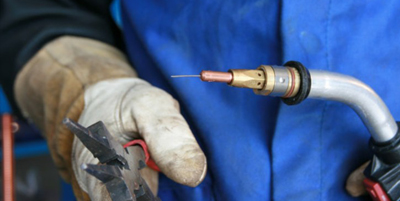


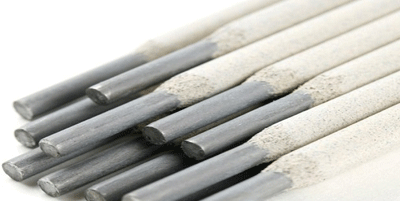
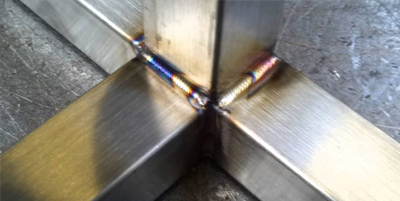
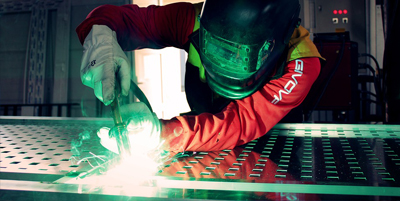
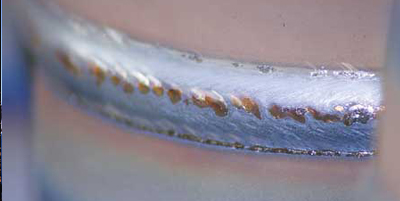
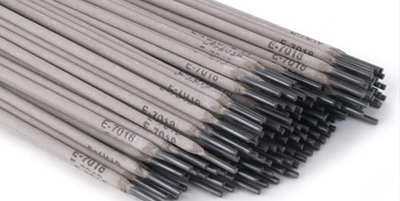


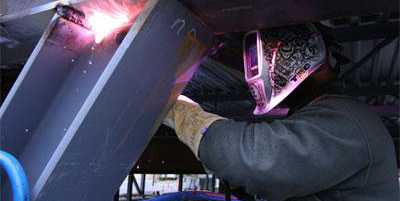


Leave a Reply